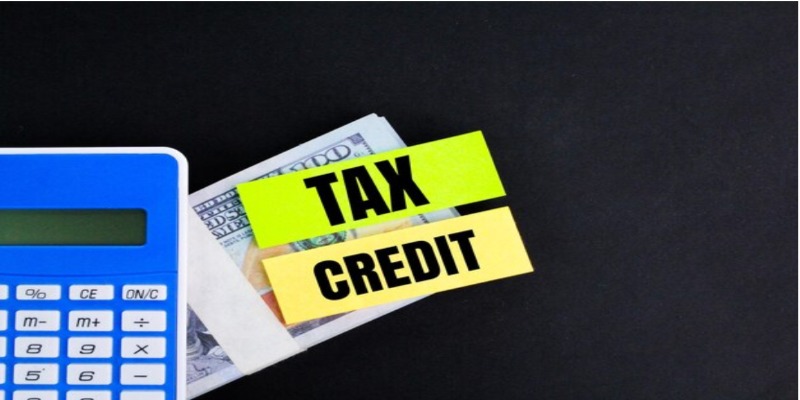All About Interest Rate Trends for Card, Auto, and Mortgage Loans
Nov 23, 2022 By Susan Kelly
We see substantial volatility in interest rates if we look at data for long enough periods. Mortgage rates will typically be the lowest, credit card rates the highest, and vehicle loan rates usually fall somewhere in the center. There is just one thing we know for sure regarding interest rates: they will fluctuate dramatically throughout most 10-year periods.
The average mortgage interest rate has ranged from a high of 2.68% in 2020 to a low of 18.45% in 1981. Between 2014 and 2019, credit card interest rates ranged from a record low of 12.74 percent to a record high of 17.14 percent.
Since their peak of 17.36% in 1981, interest rates on auto loans have steadily declined to their current low of 4.00% in 2015. The increased mortgage rates through 2022 are still historically low. Rates charged by credit card companies are going to stay the same.
Variation and Change in Interest Rates

Mortgage interest rates tend to be the lowest, credit card interest rates tend to be the highest, and vehicle loan interest rates tend to fall in the middle.
Calculating Interest on a Mortgage According to Freddie Mac's analysis of mortgage interest rates going back 51 years, the Interest on a 30-year fixed-rate mortgage has been below 5% per month on average over the past decade.
Mortgage rates are still historically low compared to previous decades, although having increased since hitting an all-time low of 2.68% in December 2020. The average yearly mortgage interest rate was 4.72% as of August 2022, when it reached 5.22%. Interest rates ranged from a record low of 6.05% in October 1981 to a record high of 18.45% in February 2002. Rates were consistently above 10% a year from 1979–1990.
Finance Charges on Credit Cards

Since the Federal Reserve began keeping records in 1994, mortgage interest rates have fluctuated significantly more than credit card interest rates. Annual percentage rates (APRs) have ranged from a low of 11.96% in the first quarter of 2003 to a high of 17.14% in the second quarter of 2019. Since credit card balances have reached record highs despite high-interest rates, it's highly improbable that interest rates will decrease significantly during the next few years.
Government measures to encourage lower interest rates from lenders must be implemented like they are for mortgages.
The Current Interest Rates for Auto Loans
Automobile loan rates have changed more than credit cards but less for mortgages. Rates for conventional 48-month financing on new cars were available back in 1972. They had an all-time high of 17.36% in late 1981 and a record low of 4.00% in late 2015. Since 2012, when this decade began, interest rates have hovered between 4.00% and 5.50%.
The past decade has seen interest rates consistently between 4.00% and 5.50%. A 48-month new care loan carried an interest rate of 5.15% as of May 2022. However, studies conducted in 2022 indicate that the typical duration of a car loan is roughly 70 months.
Although the Federal Reserve started following the interest rates for 60-month auto loans in the middle of 2006, they started following the rates for 72-month loans in 2015. Interest rates on 60-month auto loans ranged between 7.18% and 7.82% for the first two years before dropping below 7% in the second quarter of 2008. Since the second quarter of 2011, interest rates have been below 6%. Rates for 60-month financing on brand-new automobiles is 4.85% as of the second quarter of 2022.
Why is the Federal Reserve important?
The federal funds rate determines your interest rate, not the Fed. When the federal funds rate is low, mortgage interest rates are also low, and vice versa when the rate is high or the market expects the Fed to raise rates. As of the 21st of September, 2022, the Fed had already hiked rates by 75 bps. We can expect further rate hikes in 2022, but these will be the most significant thus yet.
Can my interest rate be affected by my credit score?
Borrower profiles, which include credit scores, provide a snapshot of an individual's creditworthiness. If a lender has more confidence in a borrower, they will charge them a lower interest rate. You will need to find a lender who works with high-risk consumers and pays higher interest rates if your credit score is low.
Use our mortgage or car loan calculator to see how this affects you personally. If interest rates continue to climb, you may find that you can no longer qualify for a mortgage on the same home you would have been able to afford when rates were lower.








